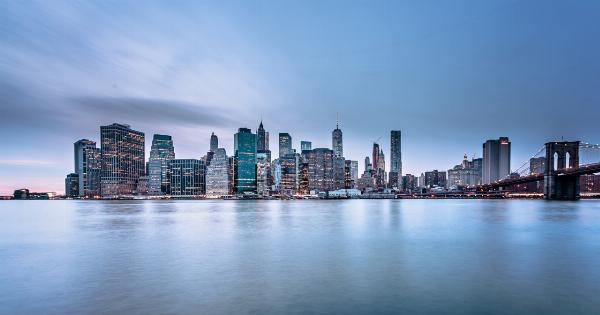Every individual has their own unique body shape and size, and what may be considered an ideal size for one person may not hold true for another.
However, society has long been obsessed with defining an ideal size for women, often leading to unrealistic beauty standards and body image issues. In this article, we will delve into the mystery behind women’s ideal size, exploring factors that influence perceptions of ideal size, the impact of media, and the importance of promoting body positivity.
The Influence of Culture and Time
Cultural values and beauty standards vary across different societies and change over time. There was a time when curvier, fuller figures were considered ideal, as they were associated with fertility and wealth.
In contrast, modern Western culture often promotes a slender and lean physique as the epitome of beauty.
Media and popular culture play a significant role in shaping these ideals. Trends in fashion, advertising, and entertainment industries often dictate what is considered desirable, influencing women’s perceptions of their bodies.
For instance, the rise of social media has led to an inundation of images showcasing an idealized and often unattainable body shape, fueling comparison and dissatisfaction.
Influence of Body Mass Index (BMI)
The Body Mass Index (BMI) is commonly used as a measurement to determine an individual’s ideal body size. However, it is important to note that BMI does not take into account variations in body composition, such as muscle mass and bone density.
It may not accurately reflect an individual’s overall health or attractiveness.
While the BMI provides a general guideline, it should not be treated as the sole determinant of an ideal size for women.
Other factors, such as body proportions, distribution of fat, and overall well-being, should also be considered when understanding an individual’s ideal size.
Psychological Impact of Unrealistic Beauty Standards
The relentless pursuit of an ideal body size can have serious psychological effects on women. The pressure to conform to societal ideals can lead to body dissatisfaction, low self-esteem, and the development of eating disorders.
Comparison of one’s body to unattainable beauty standards can fuel negative body image and contribute to mental health issues.
Recognizing and challenging these unrealistic standards is crucial for promoting mental well-being and body positivity. Embracing and celebrating diverse body shapes and sizes can help foster a healthier and more inclusive society.
Embracing Body Positivity
Body positivity is a movement aimed at challenging traditional beauty norms, promoting self-love, and accepting one’s body as it is. It encourages individuals to appreciate and respect their bodies, irrespective of size or shape.
By emphasizing the importance of overall well-being and self-care, body positivity shifts the focus from aesthetics to holistic health.
It encourages women to reject harmful dieting practices, embrace intuitive eating, engage in enjoyable physical activities, and prioritize mental well-being.
Removing the Stigma
To unlock the mystery behind women’s ideal size, it is essential to remove the stigma associated with different body types. Embracing diversity in body shapes will allow women to feel more comfortable and confident in their own skin.
Education and awareness campaigns can play a significant role in challenging societal norms and advocating for body acceptance.
Media and advertising industries should aim to promote a more inclusive representation of women, showcasing a diverse range of body sizes that reflect the realities of the female population.
Redefining Beauty Standards
Rather than chasing an elusive ideal, it is crucial to redefine beauty standards.
Beauty should be seen as encompassing a multitude of qualities, such as kindness, strength, intelligence, and compassion, rather than solely focusing on outward appearance.
Women should be encouraged to embrace their unique features, celebrate their achievements, and define their own standards of beauty.
By shifting the narrative surrounding beauty, women can reclaim their power and rewrite the standards that have long confined them.
Conclusion
The quest for an ideal size for women is a deeply entrenched societal construct that is influenced by various factors, including culture, media, and personal perceptions.
It is crucial to recognize the damaging impact of unrealistic beauty standards and instead promote body positivity, acceptance, and self-love.
By celebrating diverse body shapes and redefining beauty standards, we can create a society where every woman feels comfortable, confident, and valued, regardless of their size.






























